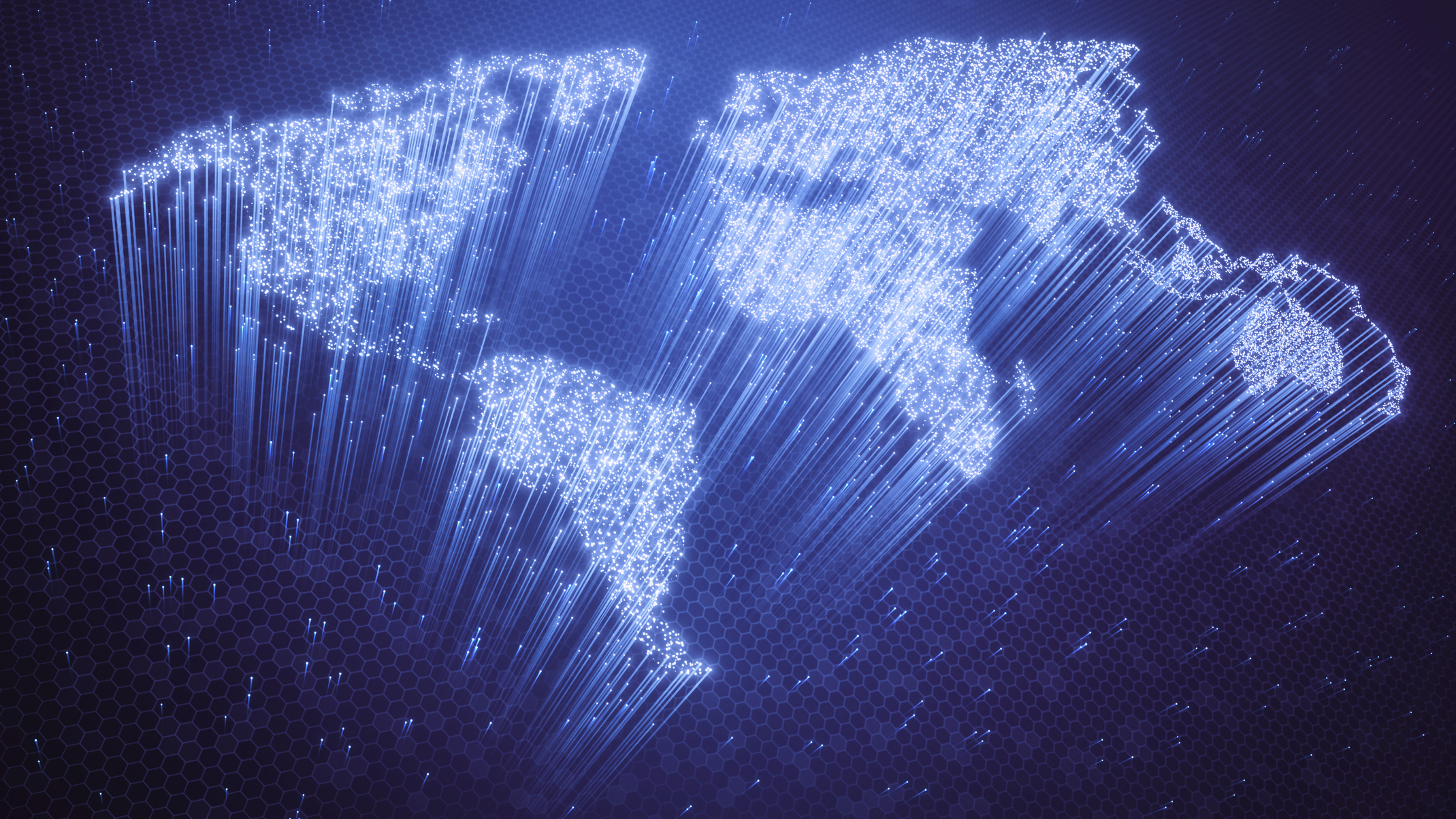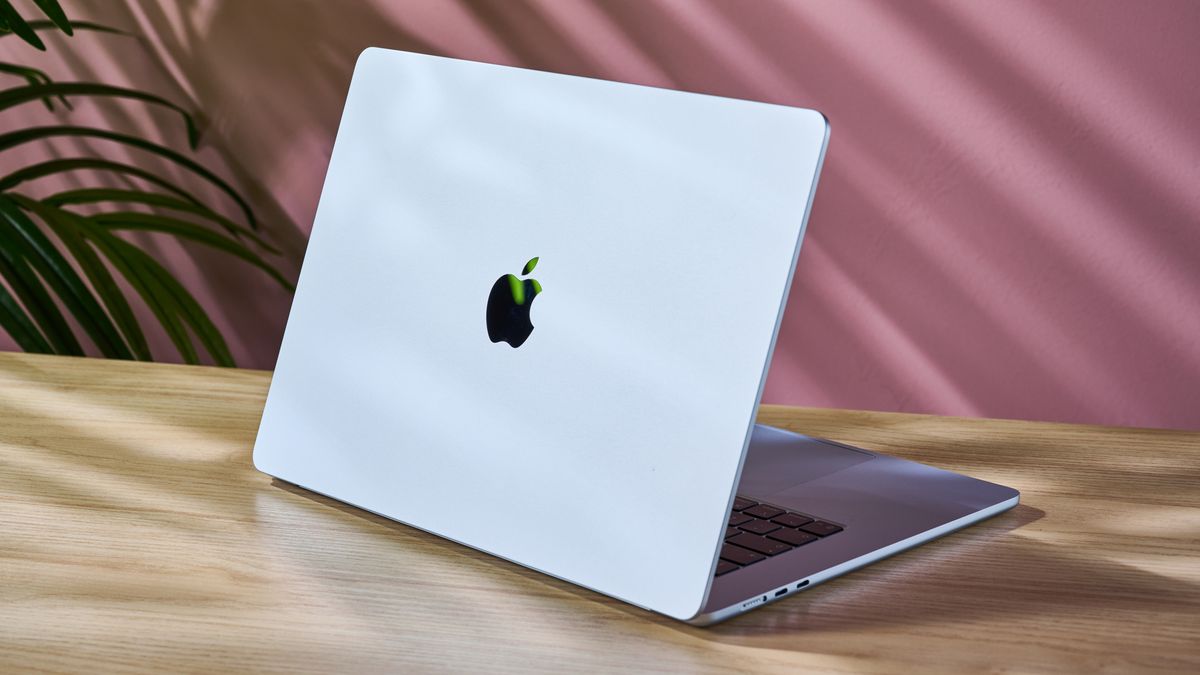- A pioneering research paper laid the groundwork for modern fiber networks
- Fiber optics have improved rapidly in recent decades
- Improvements are still being made through novel techniques
‘Fiber optics’ is now a common term in the modern lexicon, but it hasn’t always been that way.
Back in November 1960, physicist Narinder Singh Kapany published a groundbreaking article in Scientific American detailing the future of data transmission.
The paper described how if light can be directed at one end of a glass fiber, it will emanate at the opposite end. In combining these fibers into bundles, this can be used to transmit light in a far more efficient manner.
This laid the groundwork for what would eventually become fiber optic communications. In the decades since, fiber optic has become the norm across both industry and consumer markets, powering the vital undersea cables that keep the global digital economy ticking away and the internet running in our homes.
Prior modes of transmission, which relied predominantly on copper-based wiring, have distinct disadvantages compared to fiber, particularly in terms of latency and bandwidth.
The ‘attenuation’ of optical fiber, which refers to the amount of light lost between input and output of signals, is far lower than copper cabling, for example. This means that long-haul fiber connections are far more viable compared to older materials.
Moreover, this approach also offered cost benefits when compared to using copper-based wiring.
Consumers will have noticed the advantages with the arrival of fiber optic broadband services over the last decade or so. Compared to older, copper-based options, the speeds afforded by fiber optic are significant.
Speeding up communications
There have been a number of notable milestones in terms of transmission speeds over the last 40 years. For example, in 2006 NTT successfully recorded transmission speeds of 111 gigabits per second.
2009 saw even bigger improvements, with researchers at Bell Labs recording speeds of 100 15.5 terabits per second across a single 7,000 kilometer fiber cable.
More recently, researchers at the National Institute of Information and Communications Technology (NICT), clocked a record-breaking transmission capacity of 22.9 petabits per second.
Continuous improvements
Continuous improvements to fiber optic efficiency have been made in recent years. Indeed, a 2025 study showed that the use of plastic optical fiber (POF) technology could be the next big breakthrough - particularly in areas such as data centers and networking.
Research from Keio University in Japan developed new plastic-based options ahead of the Optical Fiber Communication Conference (OFC). The team at Keio sought to address key issues affecting AI infrastructure, including the need for lower latency and ultra-high capacity communications between GPUs and accelerators.
Researchers found that using plastic-based optics helped significantly reduce manufacturing costs compared to glass-based alternatives. Notably, testing showed that transmission speeds and signal integrity was also retained.
You can read more on our coverage of this research here.











 English (US) ·
English (US) ·